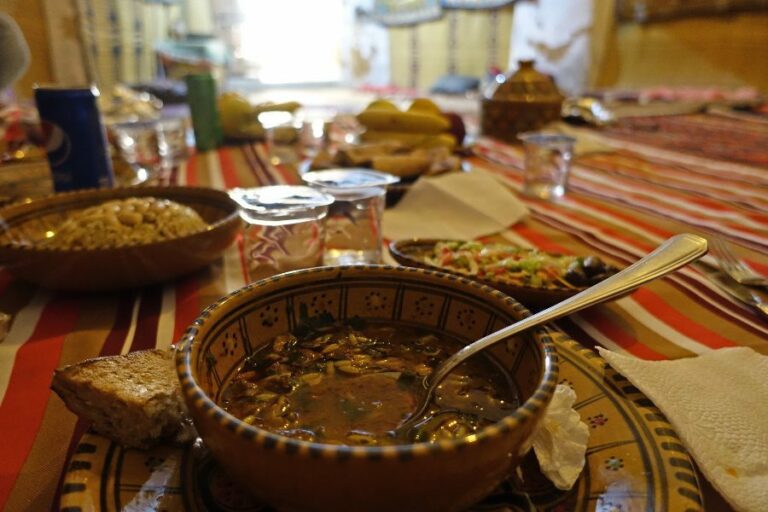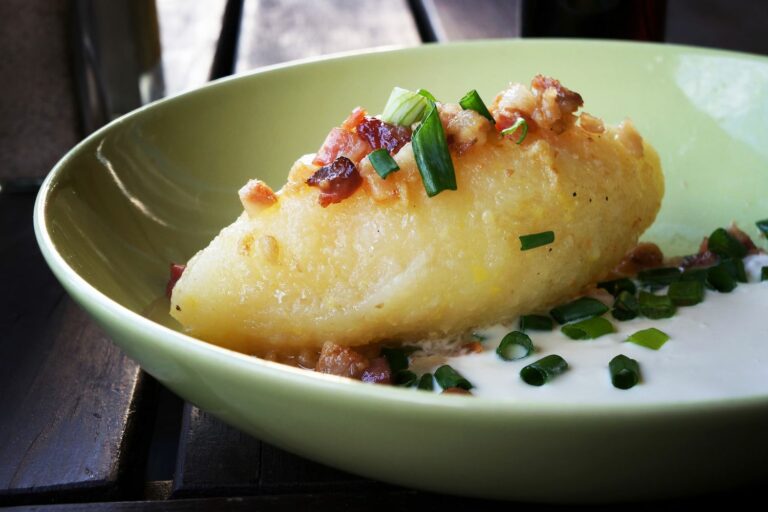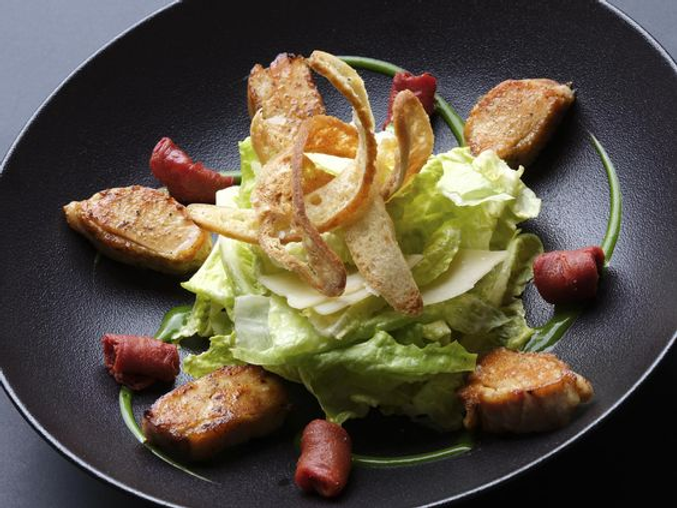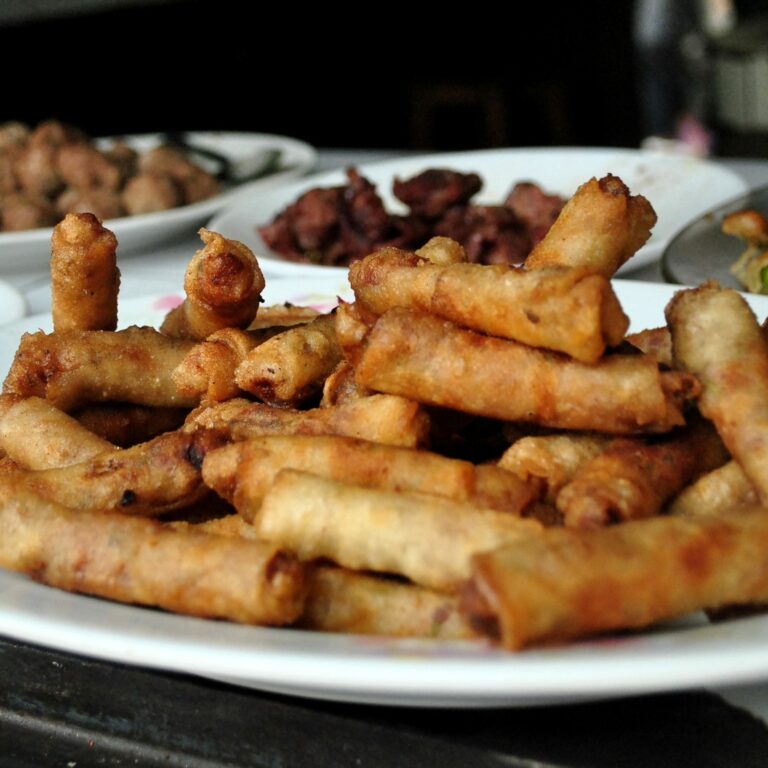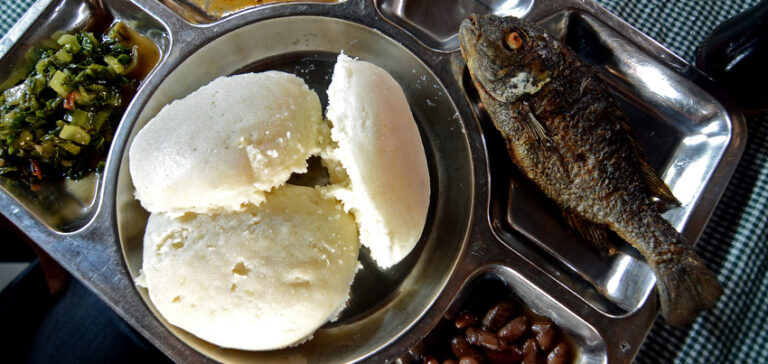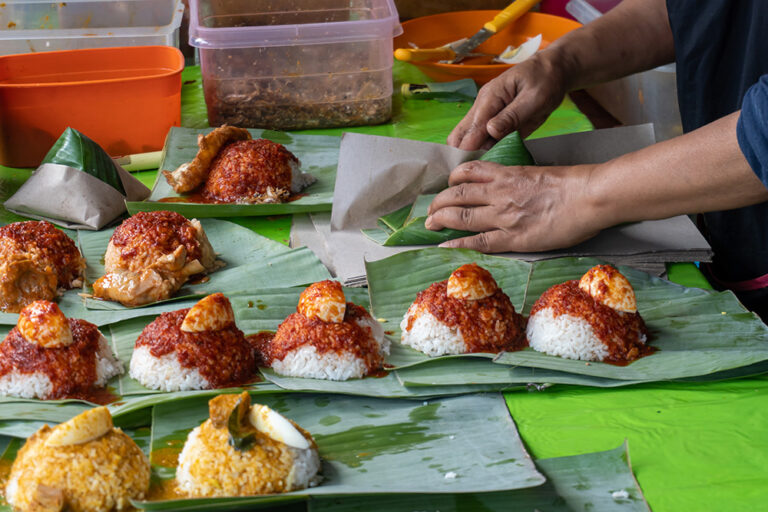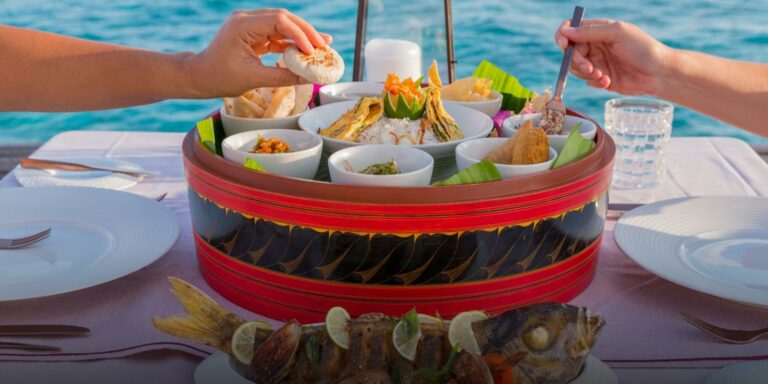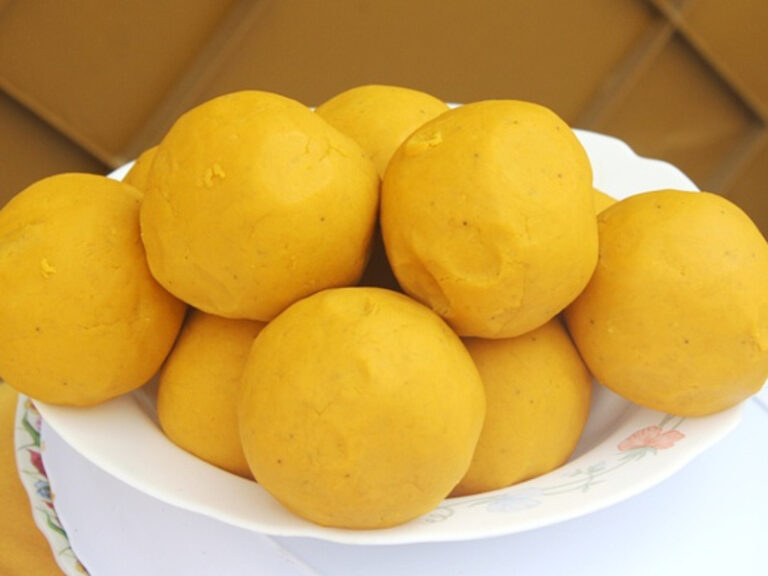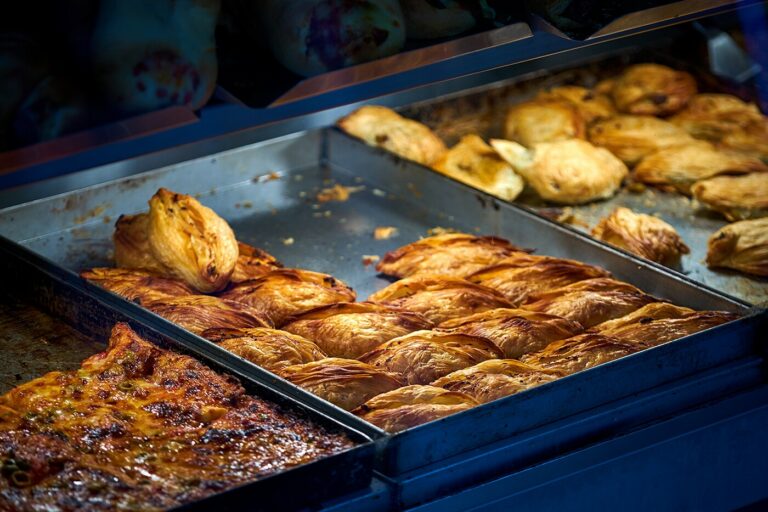Introduction to Libyan Cooking
Libyan cuisine is a rich blend of flavors and spices, influenced by its North African and Mediterranean neighbors. The country’s diverse climate and geography have contributed to the unique and varied cuisine found in different regions of Libya. Libyan food is characterized by its use of fresh, wholesome ingredients like vegetables, grains, meat, and seafood, with an emphasis on bold spices and herbs.
Common Ingredients in Libyan Cuisine
Tomatoes, onions, garlic, and cumin are some of the staples used in Libyan cooking. Lentils, chickpeas, and fava beans are also common ingredients in dishes like bazeen, a traditional Libyan meal made from a mix of flour and water, served with meat or vegetable stews. Olive oil is widely used in Libyan cuisine, and is often served with bread or drizzled over salads. Fish and seafood are popular in coastal regions, while lamb and beef are more commonly consumed in inland areas.
Unique Flavors in Libyan Dishes
One of the most unique flavors in Libyan cuisine is harissa, a fiery chili paste made from dried chilies, garlic, and spices. It is often used as a marinade for meat or fish, or stirred into stews and soups. Another distinctive ingredient is date molasses, a thick syrup made from dates that is used as a sweetener in desserts and savory dishes. Libyan cuisine also features a variety of pickled vegetables, like turnips and cauliflower, which add a tangy, sour flavor to meals.
Spices and Herbs in Libyan Cooking
Libyan cuisine is known for its bold use of spices and herbs, which are added to dishes to enhance their flavor and aroma. Cumin, coriander, and turmeric are commonly used in meat and vegetable dishes, while cinnamon and nutmeg are used in sweets and pastries. Herbs like mint, parsley, and cilantro are used to add freshness and brightness to salads and sauces.
Regional Variations in Libyan Cuisine
Like many countries, Libya has regional variations in its cuisine. In coastal regions, seafood is a staple, and dishes like grilled fish and shrimps are popular. In the western region, couscous is a common dish, often served with lamb or chicken. In the southern regions, traditional foods like bazeen and shahan, a stew made with okra and lamb or beef, are more common.
The Blend of Cultures in Libyan Food
Libyan cuisine has been influenced by many cultures over the centuries, including Arab, Turkish, Italian, and Greek. This blend of influences has resulted in a unique culinary tradition that is both satisfying and delicious. Traditional Libyan meals often involve communal eating, with large platters of food shared among family and friends. Libyan cuisine is a celebration of local ingredients, bold spices, and the rich history and culture of this fascinating country.

